 "ttyymmnn" (ttyymmnn)
"ttyymmnn" (ttyymmnn)
12/17/2016 at 12:35 • Filed to: planelopnik, planelopnik history
 16
16
 19
19
 "ttyymmnn" (ttyymmnn)
"ttyymmnn" (ttyymmnn)
12/17/2016 at 12:35 • Filed to: planelopnik, planelopnik history |  16 16
|  19 19 |
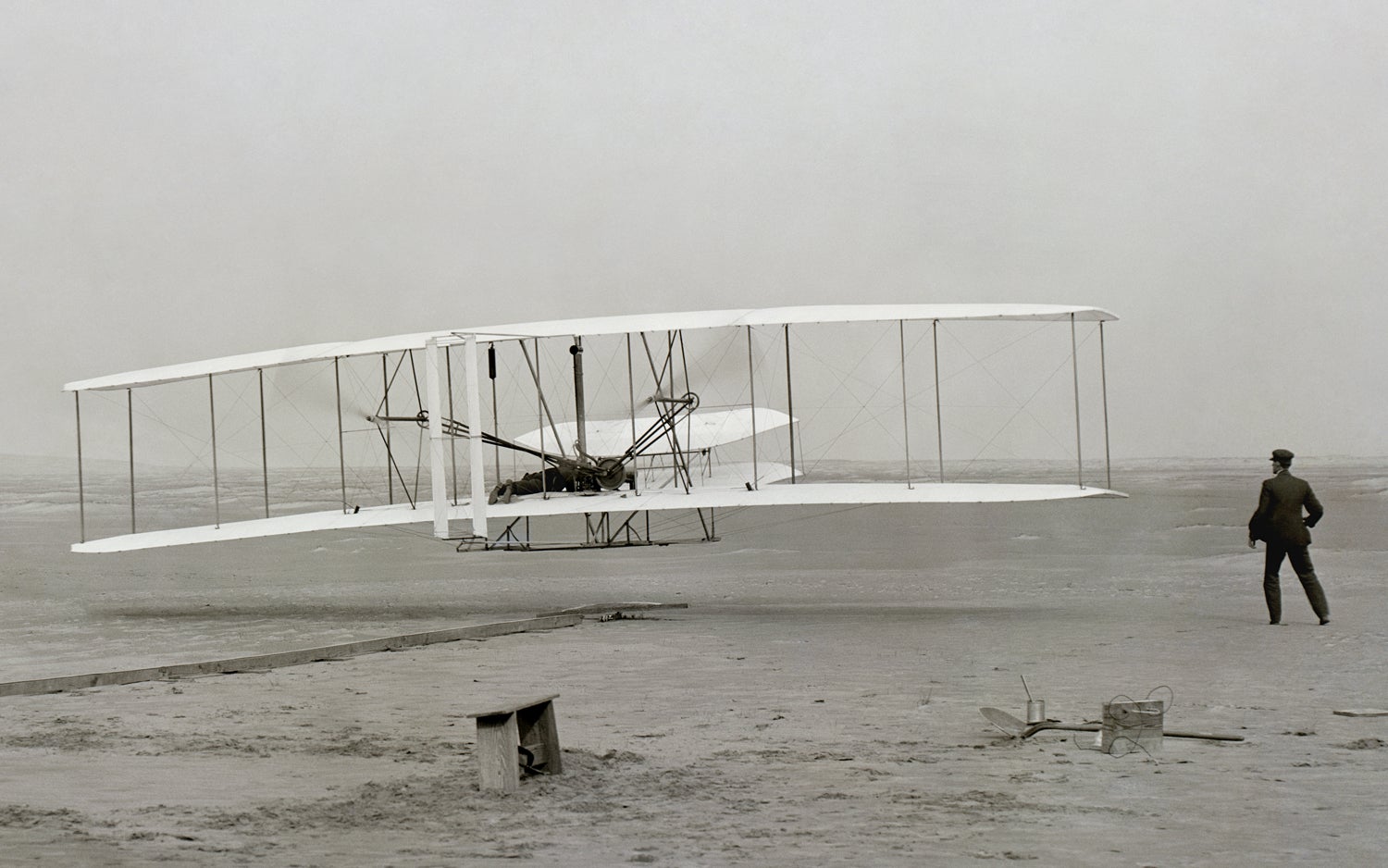
From the first time mankind looked skyward, he envied the birds and their effortless flight. As far back as !!!error: Indecipherable SUB-paragraph formatting!!! , engineers searched for a way to !!!error: Indecipherable SUB-paragraph formatting!!! and soar with the birds. Many tried—and many died. Man first left the ground in 1783, when the !!!error: Indecipherable SUB-paragraph formatting!!! took to the air in their hot air balloon. And while that flight, along with future balloon advancements, got humans into the air, they were still slaves to the wind currents, and man still couldn’t turn and soar or control their flight. Other inventors, like !!!error: Indecipherable SUB-paragraph formatting!!! , pioneered gliders that could carry a man from a height, but powered flight was still just a dream. It wasn’t until the early 20th century that two bicycle builders from Ohio would build and fly the world’s first heavier-than-air, powered, and controllable aircraft. Though they weren’t the first to build and fly an airplane, theirs was the first that could be fully controlled.
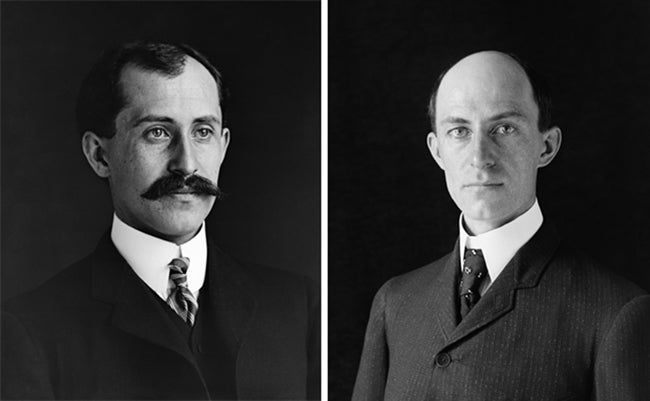
Orville and Wilbur Wright, photographed in 1905
Following in the footsteps of Lillienthal, Wilbur and Orville Wright began with detailed studies involving gliders. While they believed that the problems of aerodynamic wings and sufficiently powerful engines were surmountable or even already solved, they focused on developing a system of control that would govern movement of the airplane in three axes: roll, pitch and yaw. Piggybacking on the work of other designers, the Wrights built ever more complex kites and gliders. Beginning in 1900, they built and flew gliders at Kitty Hawk, on the coast of North Carolina, where they could take advantage of the ocean breezes and use the height of the sand dunes as a launching point—and be far away from prying eyes. The gliders used two wings, which the Brothers called “double decker,” and a single forward control surface for pitch. Based on observations of birds, the brothers developed a system of warping the wingtips of their flyer to cause the aircraft to roll, a precursor to the modern aileron. At first, they didn’t feel that a rudder was necessary, that the wing warping would provide sufficient directional control. However, they soon found that this arrangement was not sufficient, and by 1902 they added a steerable rudder behind the pilot. In over 700 test flights in September and October of 1902, they developed their wing warping technique, leading to longer and longer flights, with the longest lasting 26 seconds and covering 622 feet. A significant breakthrough came with their understanding of how the rudder acts to control the aircraft in a turn. Rather than initiating the turn as one might imagine it would on a boat, the rudder helps aim the aircraft while it is already turning, countering the !!!error: Indecipherable SUB-paragraph formatting!!! caused by the lifting wing. With this problem solved, it was time to add an engine.
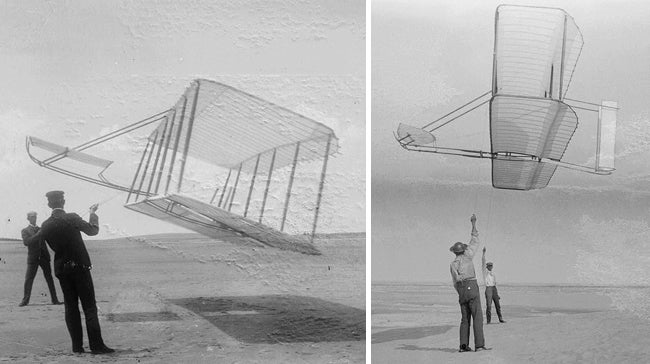
A comparison of the two gliders. At left is the rudderless 1901 glider. It is notable for its high angle of attack, which comes from poor lift and high drag. Compare that with the 1902 glider on the right, which shows a flatter flying angle. Note that the tether lines are nearly vertical, showing a greatly improved lift-to-drag ratio.
Since no suitably light powerplant could be found, the Wright Brothers decided to build their own. They called on !!!error: Indecipherable SUB-paragraph formatting!!! , a mechanic in their Ohio bicycle shop. He constructed a simple, four-cylinder engine in just six weeks, with a block cast from aluminum to save weight, and it had a rudimentary carburetor with fuel fed by gravity. The diminutive engine produced 12 horsepower and weighed 180 pounds, and the flyer’s two propellers were driven by heavy-duty automobile chains. So, the Wrights had a plane and an engine, and now they turned to the problem of creating the propeller. Common sense would dictate a design similar to a boat propeller. After all, air and water are both fluid mediums. But there was no data to support whether or not such a design would work. And here, the Wrights had another important inspiration: rather than build a propeller like one for a boat that pushes water backwards for propulsion, they constructed it as a rotating wing, one that would pull or push the airplane through the air. Their first propellers were eight-feet in diameter, carved from wood, and would be mounted behind the pilot. Fully built, the entire Flyer weighed 605 pounds and cost less than $1000 to build.

The Wright Brother’s first simple, four-cylinder engine (Smithsonian Institution photo)
The brothers flipped a coin to see which would be the first to pilot the Flyer. Wilbur won. The first attempt at flight was made on December 14, but lasted only three seconds before the Flyer landed hard on the ground, causing minor damage. After repairs, and taking Sunday off, another attempt was made on December 17 with Orville at the controls. At 10:35 am, Orville took off into a freezing, 27 mph headwind, with Wilbur running alonside. The Flyer covered a distance of 120 feet in 12 seconds. Two more flights that day covered ever increasing distances, the third approximately 200 feet. Modern aviation was born.
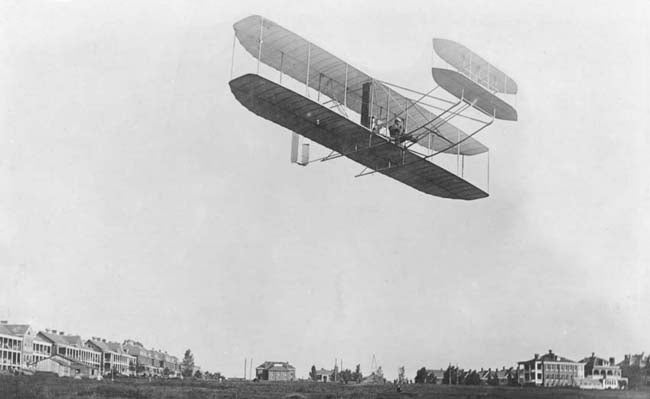
Orville Wright demonstrating the Flyer at Fort Myer, Virginia in September 1908.
The Wright Brothers would go on to refine and develop their Flyer (the first was destroyed soon after the first flight when it was flipped by a gust of wind), and, in 1909, they provided the US Army with their first aircraft, the
!!!error: Indecipherable SUB-paragraph formatting!!!
, which was designated “Signal Corps (S.C.) No. 1.” And the refinement and development of the airplane continues to this day at an astonishing pace. Consider this: In 1903, Orville Wright flew at 27 mph about 10 feet off the ground. A mere 44 years later, on October 14, 1947,
!!!error: Indecipherable SUB-paragraph formatting!!!
broke the sound barrier, flying the
!!!error: Indecipherable SUB-paragraph formatting!!!
at Mach 1.07 at an altitude of 45,000 feet. Amazingly, Orville Wright was still alive (Wilbur had died of typhoid fever in 1912). The world had gone from the first hesitant leap into the air to beyond the speed of sound in the span of one man’s lifetime.
!!! UNKNOWN CONTENT TYPE !!!
If you enjoy these Aviation History posts, please let me know in the comments. And if you missed any of the past articles, you can find them all at
!!!error: Indecipherable SUB-paragraph formatting!!!
.
!!! UNKNOWN CONTENT TYPE !!!
Thanks to
!!!error: Indecipherable SUB-paragraph formatting!!!
for his assistance with this post.
!!! UNKNOWN CONTENT TYPE !!!
 For Sweden
> ttyymmnn
For Sweden
> ttyymmnn
12/17/2015 at 12:43 |
|
When you spend your life building bikes only to discover that #twowheelsbad and you have to atone by inventing an entirely new means of transportation
 Jcarr
> ttyymmnn
Jcarr
> ttyymmnn
12/17/2015 at 12:57 |
|
Mind-boggling to think how far we’ve come in 112 relatively short years.
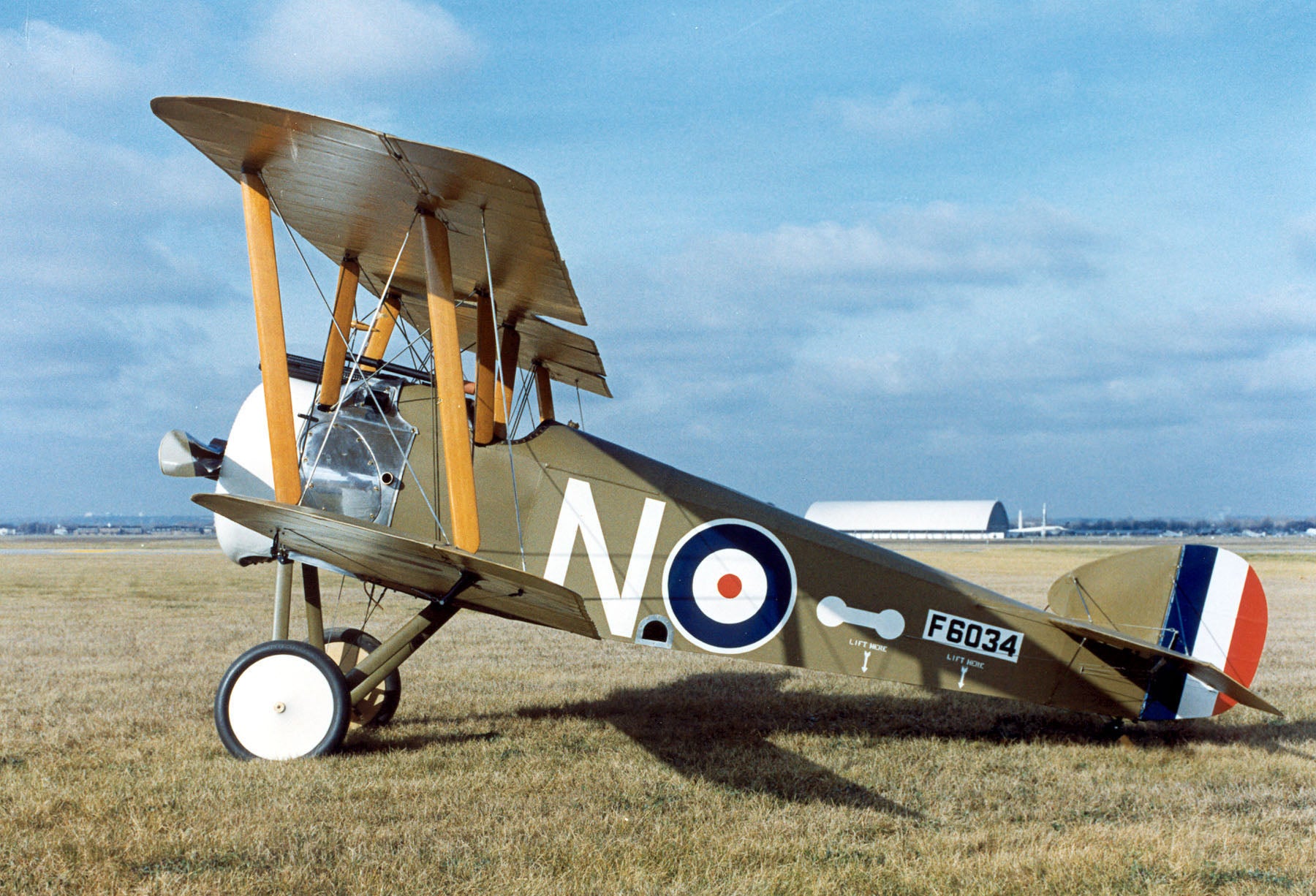
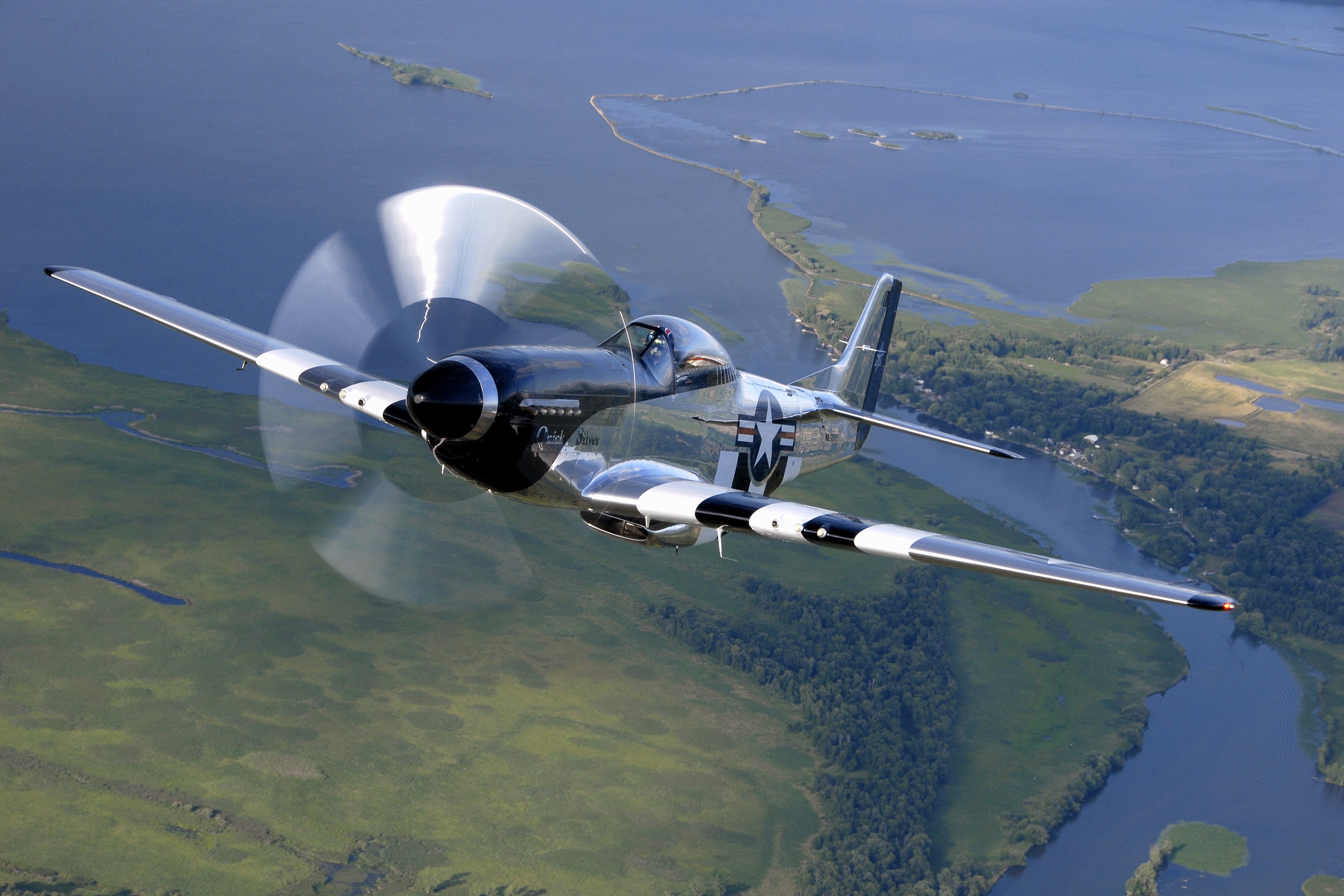
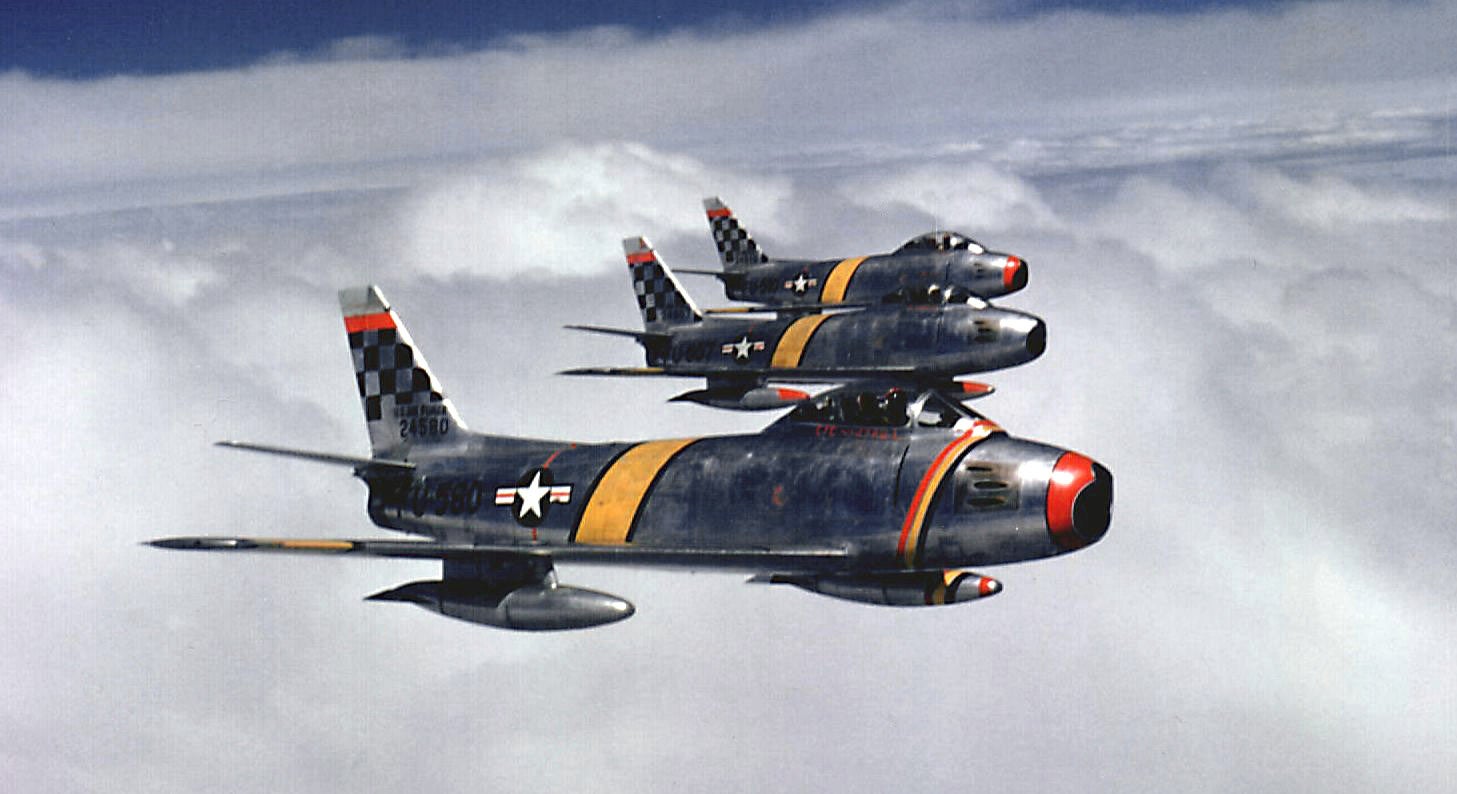
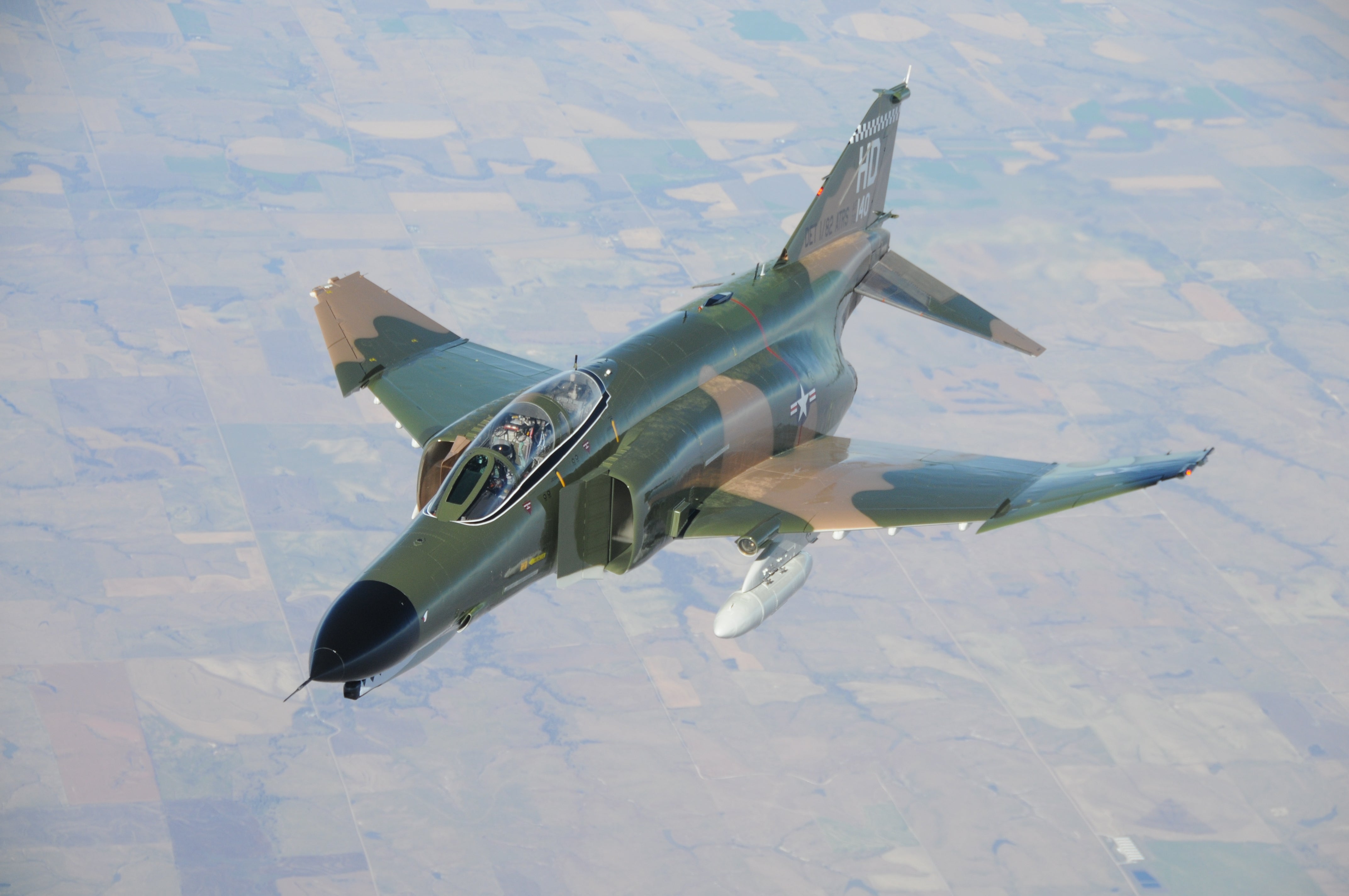
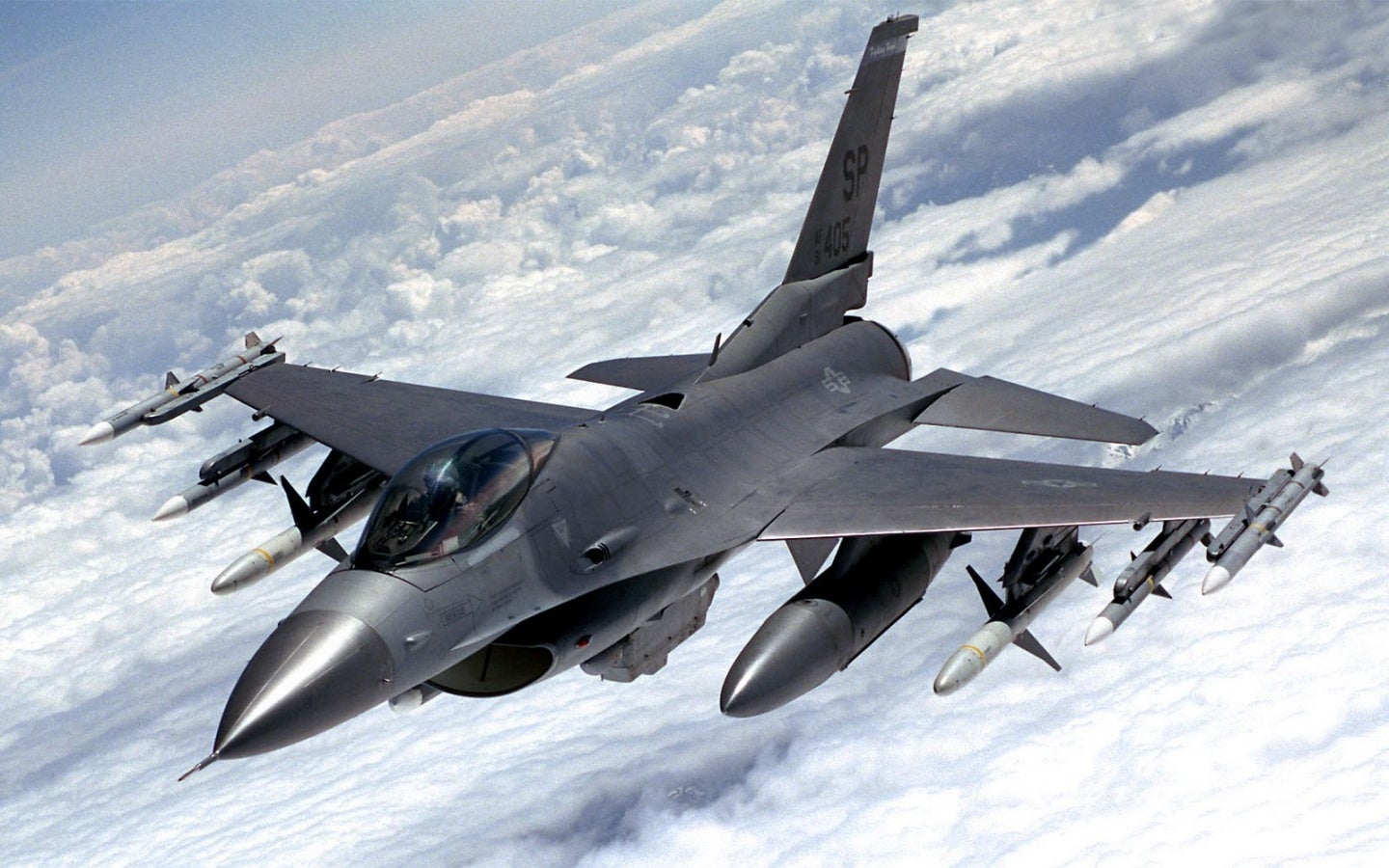

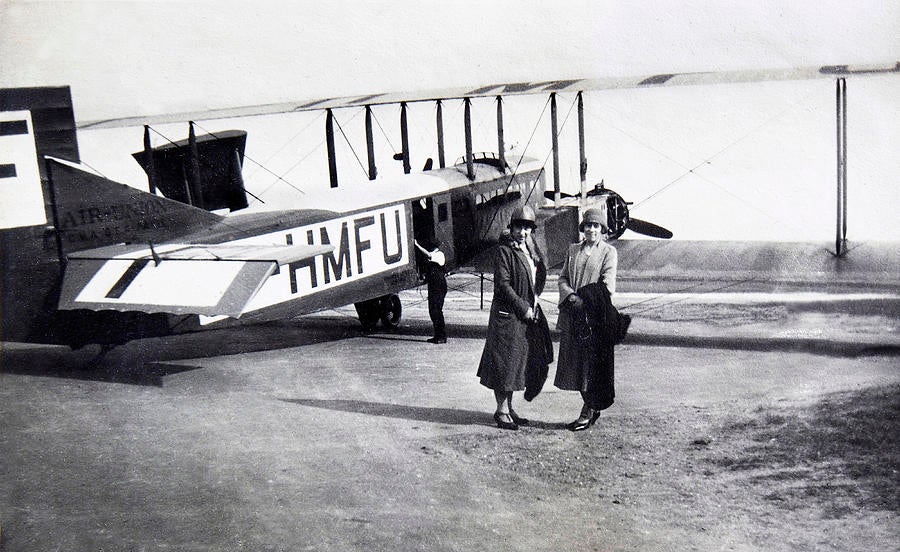


 Snuze: Needs another Swede
> ttyymmnn
Snuze: Needs another Swede
> ttyymmnn
12/17/2015 at 13:03 |
|
What really boggles my mind is how quickly we went from first powered, controlled flight, to landing on the freaking moon!
 McMike
> For Sweden
McMike
> For Sweden
12/17/2015 at 13:07 |
|
Rumor has it, that drivers were so bad back at the turn of the century, (also the lack of bicycle lanes and road conditions) that the Wright Brothers had had enough.

 Smallbear wants a modern Syclone, local Maple Leafs spammer
> ttyymmnn
Smallbear wants a modern Syclone, local Maple Leafs spammer
> ttyymmnn
12/17/2015 at 13:12 |
|
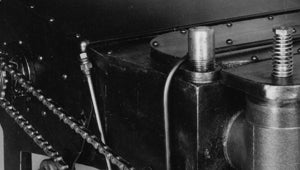
Interesting how this engine is so well remembered entirely because it was connected to a functional aircraft.
Whereas the Manly-Balzer engine, because it was associated with the Langley Aerodrome, is forgotten. Though it was not only the first purpose built aircraft engine, but also had a much better power/weight ratio than would be accomplished by other manufacturers for years.
Had that engine not been associated with a failed experiment, the early history of aviation might have been very different.
 horizonsofkhaos
> ttyymmnn
horizonsofkhaos
> ttyymmnn
12/17/2015 at 13:17 |
|
Life has been so crazy I had no idea what the date was today until I saw this. I grew up and live only a few miles from where the first flight took place. My elementary and middle school’s were right across the street from there. I remember we got the day off from school at the start of the 100th anniversary celebration to go check out everything that was happening. My school system was actually cool for once.
All that being said, my home area has some awesome historical stuff. The Wright Brothers, the first British settlement in North America, and Pirates! Not bad for a dinky little strip of sand sticking out into the Atlantic.
 RallyWrench
> ttyymmnn
RallyWrench
> ttyymmnn
12/17/2015 at 13:27 |
|
“They called on Charlie Taylor, a mechanic in their Ohio bicycle shop, and he constructed a simple, four-cylinder engine in just six weeks”
This. This right here. That man is my hero.
 ttyymmnn
> horizonsofkhaos
ttyymmnn
> horizonsofkhaos
12/17/2015 at 13:43 |
|
I grew up in Norfolk, and remember many trips to the Outer Banks. It's a bit tacky nowadays, but if you get out of the touristy spots, it's still an amazing place.
 ttyymmnn
> Jcarr
ttyymmnn
> Jcarr
12/17/2015 at 14:07 |
|
Awesome photo selection. Thanks.
 ttyymmnn
> RallyWrench
ttyymmnn
> RallyWrench
12/17/2015 at 14:07 |
|
https://en.wikipedia.org/wiki/Charlie_T…
Taylor was born in a log cabin.
 Jcarr
> ttyymmnn
Jcarr
> ttyymmnn
12/17/2015 at 14:08 |
|
I Googled pretty hard.
 ttyymmnn
> Jcarr
ttyymmnn
> Jcarr
12/17/2015 at 14:39 |
|
Sometimes I spend more time finding a good photo than I do writing an Aviation History post.
 LongbowMkII
> ttyymmnn
LongbowMkII
> ttyymmnn
12/17/2016 at 12:51 |
|
Neat. +1
 ttyymmnn
> LongbowMkII
ttyymmnn
> LongbowMkII
12/17/2016 at 12:53 |
|
Thanks!
 XJDano
> ttyymmnn
XJDano
> ttyymmnn
12/17/2016 at 13:04 |
|
I saw this on twitter. I wonder if they planned this flight in the anniversary back then.
!!! UNKNOWN CONTENT TYPE !!!
 OPPOsaurus WRX
> ttyymmnn
OPPOsaurus WRX
> ttyymmnn
12/17/2016 at 14:47 |
|
Interesting stuff. I thought they were responsible for it all insted of just putting it all together
 John Norris (AngryDrifter)
> ttyymmnn
John Norris (AngryDrifter)
> ttyymmnn
12/17/2016 at 15:07 |
|
Great post!
Orville and Wilbur also had something that other wanting flyers didn’t, they made their own wind tunnels. They used the wind tunnels to iterate and select the shape of the wing, and calibrate the equations they were using against real world data from the tunnel. They learned how to get enough lift and how to stabilize it with the three axis controls, pitch, roll, and yaw.
They were successful business men, fabricators, tinkerers, engineers, and test pilots. It’s rare to see all of that capability in any individual, let alone two brothers working together.
I guess that’s what it takes to successfully do what man was not intended to do.
 Dave the car guy , still here
> ttyymmnn
Dave the car guy , still here
> ttyymmnn
12/18/2016 at 10:30 |
|
Thanks for posting. That’s my home town. Have walked the rail at Memorial many times as a kid. During winter the historic site used to be closed and we local kids would use the grounds for skateboarding. About once a year one fo the few park service workers staffed there would chase us away. They put up the memorial in about 1932, the museum there started construction in 1954. I was 6 yrs old when I first visited it in early 60s.If you do some searches of Wright Brothers and Outer Banks history there are a lot of cool pictures. The Outer Banks History Center on Flickr has many good shots, most ruined by huge watermarks.
https://www.flickr.com/photos/obhc/30022640092/in/album 72157673565501091/
https://en.wikipedia.org/wiki/Wright_Brothers_National_Memorial
The marker boulder were placed at the flight site well before the beach was commercialized. If you do some searches there are pictures from top of Kill Devil Hill without any beach houses by the ocean from about 1915.
 ttyymmnn
> Dave the car guy , still here
ttyymmnn
> Dave the car guy , still here
01/03/2017 at 10:11 |
|
Thanks for the long reply, Dave. I moved to Norfolk back in the summer of 1976, and made many trips down to the Outer Banks. The last time was about 7 or 8 years ago for a family reunion, and I took my boys to the monument. It’s an amazing place, and it has changed a lot in 40 years, let alone 113. Thanks for the links, and thanks for reading.